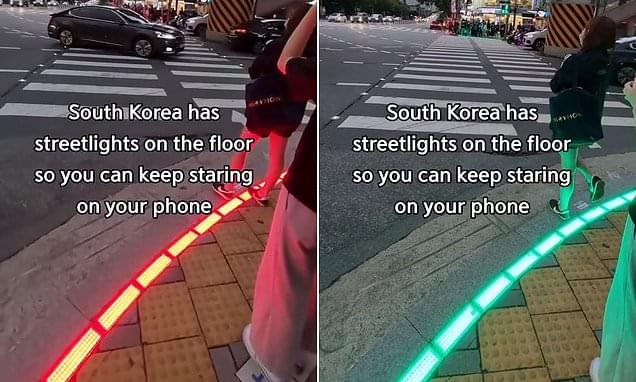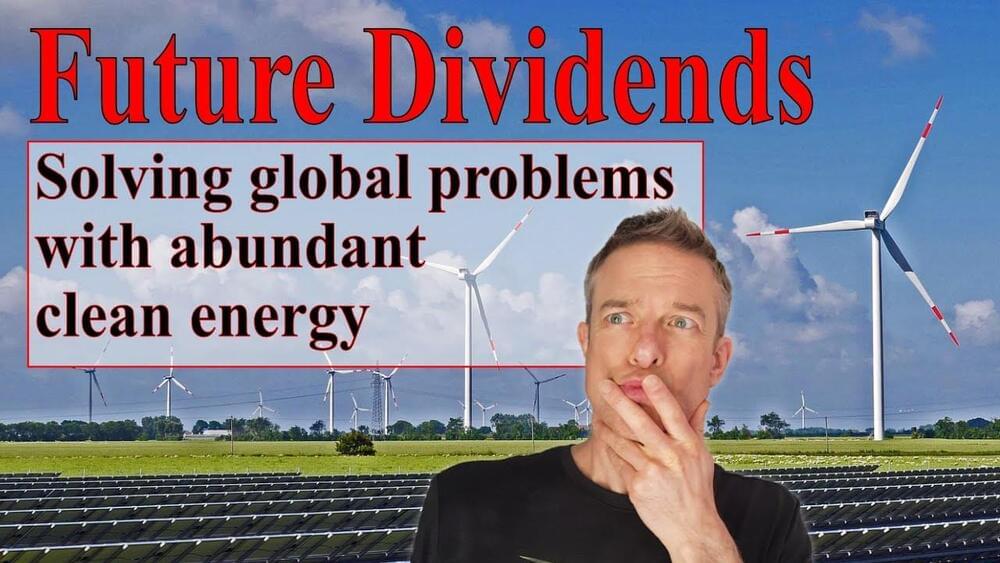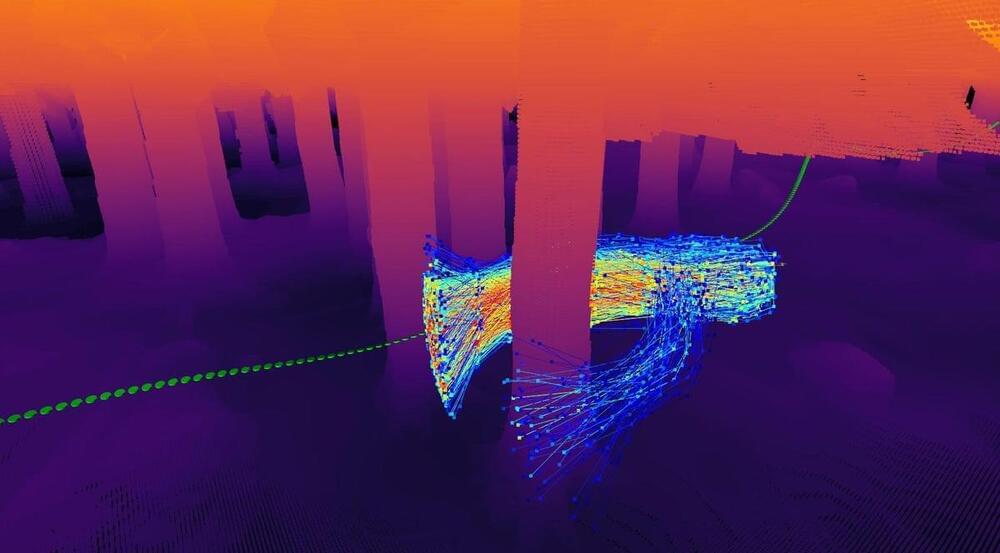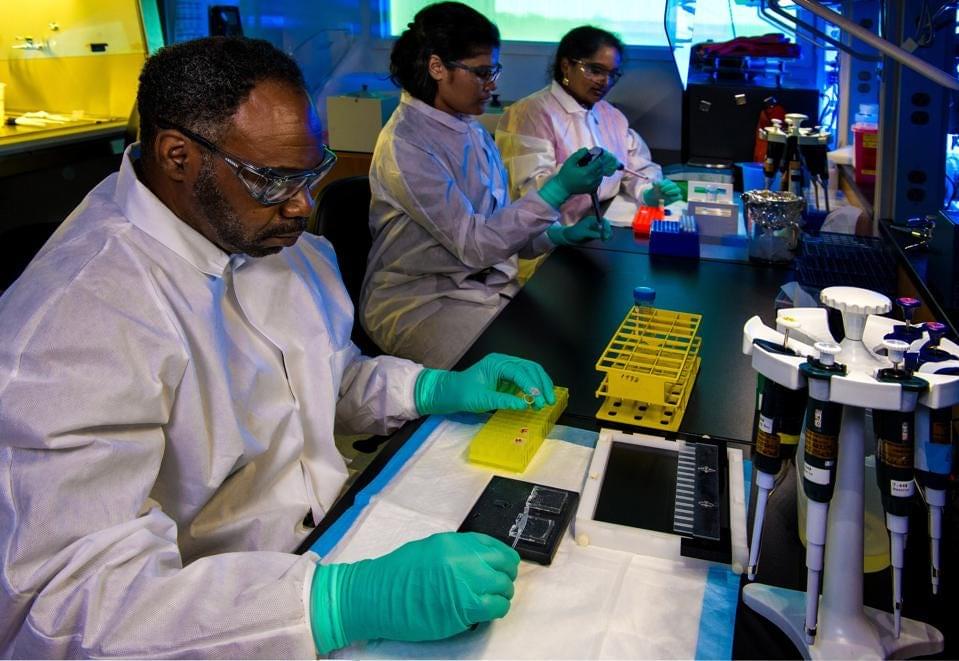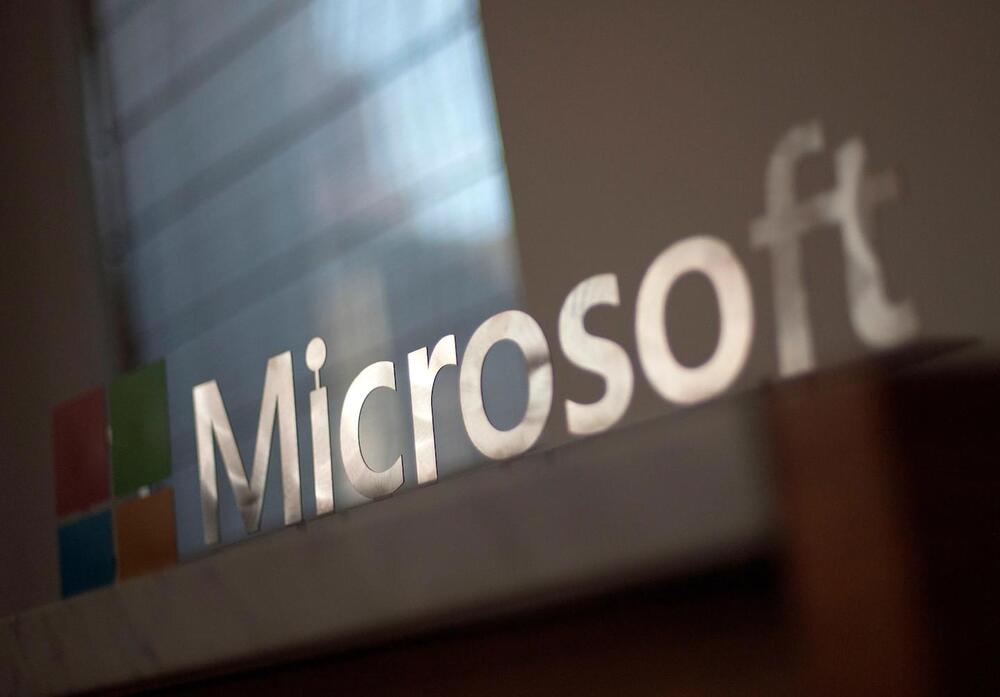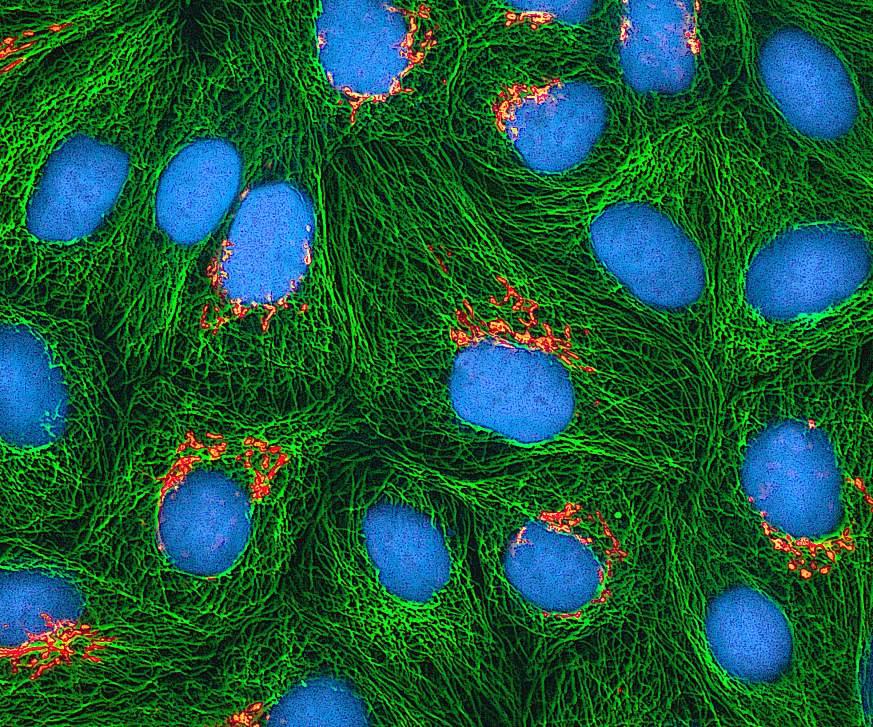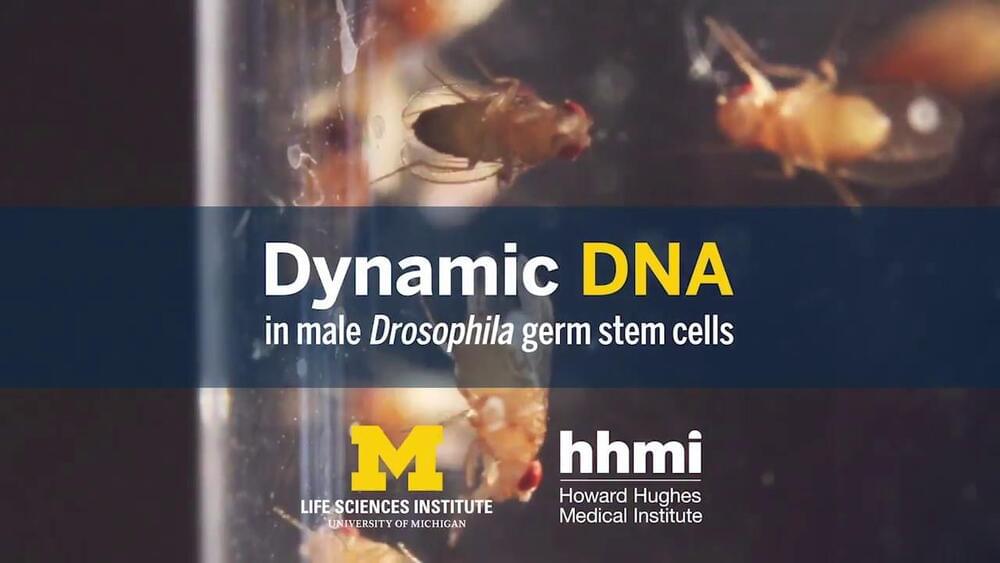South Korea has created an intriguing device that allows its citizens to continue staring at their phones while crossing the road safely, but the notion has not received many likes.
On October 11 TikTok footage from a Seoul crossroads showed green and red lights illuminating the curbs, indicating when it’s safe to cross the road, even if you’re staring at your phone screen.
Recently, @naturalkorean has published a TikTok video of the lights eliciting a fairly mixed bag of reactions. Theoretically speaking, it is a great idea to protect people too absorbed in social media to notice their surroundings; however, this type of reckless behaviour should not be encouraged. The video shows a swarm of ‘smombies’ or ‘smart phone-obsessed zombies’ who are glued to their phones as they cross a major downtown street. The scene made me nervous, even as someone who has run into strangers when smombie-ing around.
